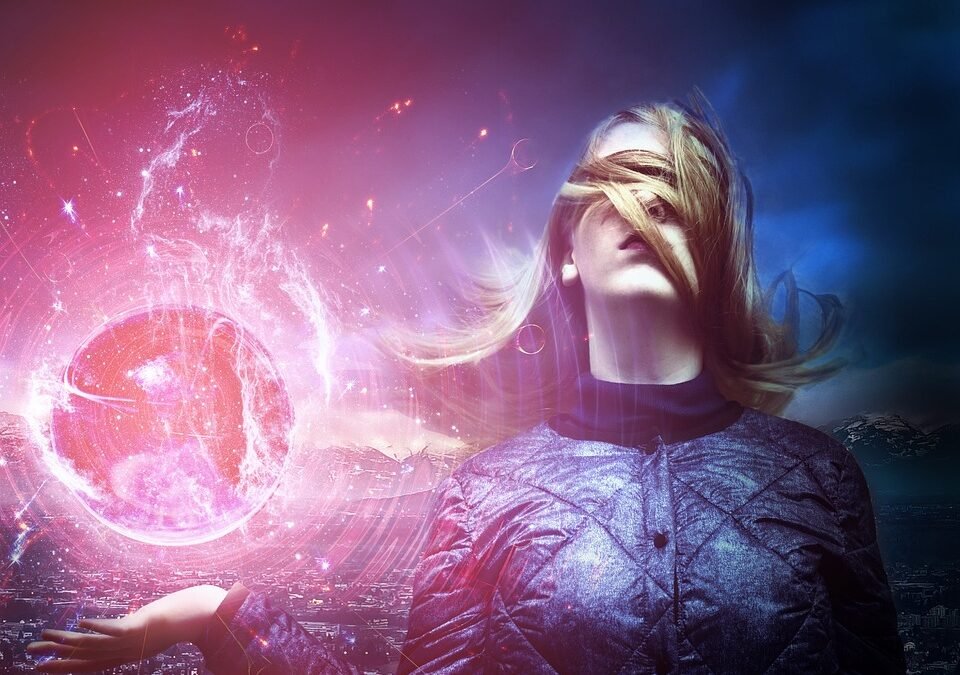Introduction
The art world has always been a hub of innovation, constantly pushing boundaries and challenging traditional norms. In recent years, a new revolution has emerged in the form of 3D Non-Fungible Tokens (NFTs), which have taken the art world by storm. These digital assets have opened up a world of possibilities for artists, collectors, and enthusiasts alike, revolutionizing the way we perceive and interact with art.
The Rise of 3D NFTs
Non-Fungible Tokens (NFTs) are unique digital assets that are stored on a blockchain, making them easily verifiable and allowing for ownership to be securely established. Until recently, NFTs were primarily associated with 2D digital art, such as images or GIFs. However, the introduction of 3D NFTs has taken the concept to a whole new level.
3D NFTs enable artists to create and sell three-dimensional digital artworks that can be viewed and interacted with in virtual or augmented reality environments. This technology has opened up a world of possibilities for artists, allowing them to explore new mediums and push the boundaries of traditional art forms.
The Benefits of 3D NFTs
One of the key benefits of 3D NFTs is the ability to create immersive and interactive art experiences. Unlike traditional art forms, which are static and limited to a physical space, 3D NFTs can be experienced in a variety of ways. Collectors can explore the artwork from different angles, interact with it, and even experience it in Virtual reality.
Another major advantage of 3D NFTs is the potential for increased ownership rights. With traditional art, ownership is often limited to physical possession of the artwork itself. However, with 3D NFTs, artists can embed additional perks or benefits into the digital asset, such as granting exclusive access to virtual exhibitions or offering limited edition variations of the artwork.
The Impact on the Art Market
The rise of 3D NFTs has had a profound impact on the art market. It has democratized the industry by allowing artists from all walks of life to showcase and sell their work directly to collectors without the need for intermediaries. This has created new opportunities for emerging artists, who may have previously struggled to gain recognition in the traditional art world.
Furthermore, the introduction of 3D NFTs has also challenged the traditional notion of art ownership. In the digital realm, multiple collectors can own a fraction of a single artwork, allowing for shared ownership and a more inclusive art community. This has the potential to reshape the dynamics of the art market and create new models of collaboration and investment.
FAQs
What is a 3D NFT?
A 3D NFT is a unique digital asset that represents a three-dimensional artwork. It is stored on a blockchain, making it easily verifiable and allowing for ownership to be securely established.
How can 3D NFTs be experienced?
3D NFTs can be experienced in a variety of ways. They can be viewed on a computer screen, explored from different angles, and interacted with. Some 3D NFTs can even be experienced in virtual or augmented reality environments.
Can I own a fraction of a 3D NFT?
Yes, in the digital realm, multiple collectors can own a fraction of a single 3D NFT. This allows for shared ownership and a more inclusive art community.
How do 3D NFTs benefit artists?
3D NFTs provide artists with new opportunities to showcase and sell their work directly to collectors without intermediaries. They also allow artists to explore new mediums and push the boundaries of traditional art forms.
Are 3D NFTs environmentally friendly?
While the blockchain technology used to store and verify 3D NFTs does consume energy, there are ongoing efforts to make the process more sustainable. Artists and platforms are exploring ways to offset the environmental impact and promote eco-friendly practices.
Conclusion
The rise of 3D NFTs has revolutionized the art world, offering artists new mediums of expression and collectors unique and immersive art experiences. With the ability to view and interact with three-dimensional artworks, shared ownership, and increased opportunities for emerging artists, the art world is entering a new era of creativity and accessibility.

